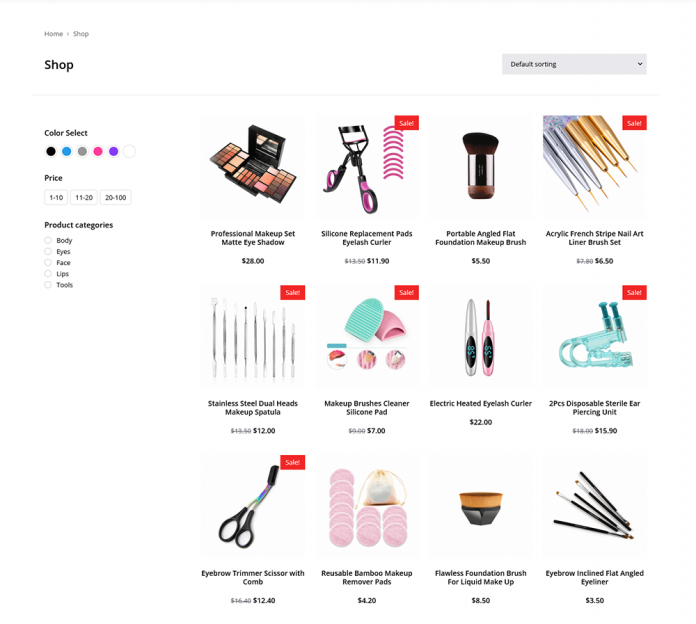Google has introduced an advanced AI learning model known as Robotic Transformer (RT-2) to help make its robots smarter. RT-2 is a vision-language-action (VLA) model that uses visual and language patterns to interpret instructions and make better decisions about how to respond. The model has been tested in a kitchen setting, where a robotic arm was able to make appropriate choices like selecting a drink for a tired person and identifying a suitable improvised hammer.
The RT-2 model was trained using web and robotic data, making use of research from large language models such as Google’s own Bard. It can even comprehend instructions in languages other than English. Unlike previous methods that required individual programming for each direction, the new VLA model allows robots to draw on a larger pool of information to determine their next action.
The RT-2 is part of Google’s ongoing efforts to enhance robotic intelligence, following its introduction of the PaLM-SayCan system last year. However, there are still some glitches. During a live demo observed by The New York Times, the robot inaccurately identified soda flavors and confused a fruit for the color white. Despite these shortcomings, Google anticipates that even smarter robots are on the horizon, capable of accomplishing tasks like cleaning up spills with minimal instructions.
The post Google’s New AI Model Promises Smarter Robots: Could They Clean Up Your Next Spill? appeared first on NewsGPT | AI Generated News | Join the AI News Revolution.






